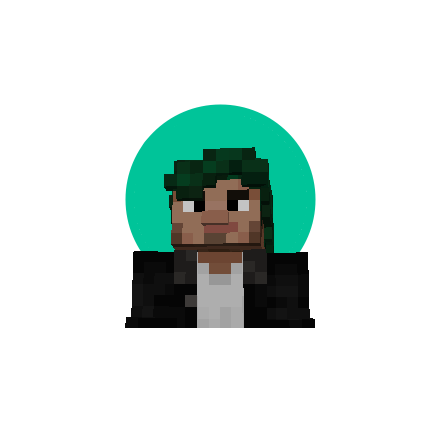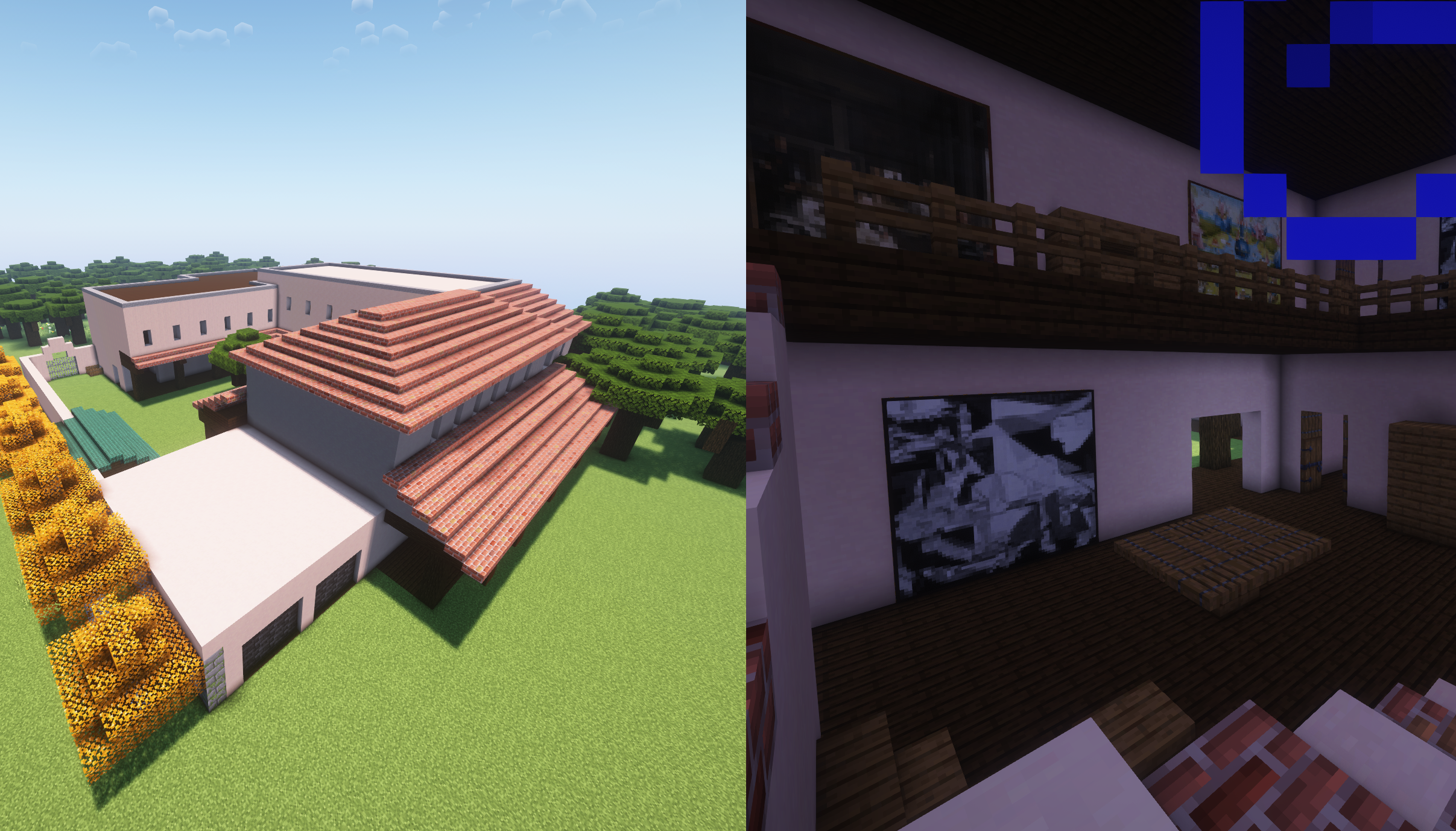Agnosis
2023
Summary
In this first-person psychological horror game, the player takes on the role of a young girl with visual agnosia (a mental condition that makes her unable to recognize faces and physical spaces) who is staying at her uncle Benjamin’s hacienda after her mother’s passing. The uncle quickly reveals to be an abusive man, and locks her away in a room. The player must explore the hacienda to find a way to communicate with the outside world, while hiding from the furious Benjamin.
Engine: Unity
Platform: PC
Role: Mechanics, level, and UI design
Team: Emilio Serrano (Programming), Arturo Torres (Modeling and animating), Roberto Sanchez (Modeling and animating), Celeste Santos (Concept art)
Gameplay and level flowcharts
Level design with agnosia maze portals
Level design prototyping
Enemy interest point map
In-game UI
Interior and exterior experiments
Game Designer
Designed and balanced enemy detection mechanics, aiming for a focus on stealth based horror.
Created gameplay systems that represent spatial agnosia and incorporated them into the core gameloop. Spatial agnosia was represented by seamlessly teleporting the player to a different room, or alternate versions of the same room, depending on the order in wich the player entered. This created a maze-like abstract space, where the player couldn´t utilize visual cues reliably to navigate the map, instead relying on memory and improvisation.
Level Designer
Created map floorplan based on on-site research of a XVI century hacienda to accurately represent the evironment and design realistic navigation routes and narrative links to map areas.
Designed gamplay layout and core loops for each area, considering hiding spots, objectives, enemy manouvering and the visual agnosia mechanic.
Prototyped and game tested different maze layouts utilizing the spatial agnosia.
UI design
Designed UI looks to capture the old metal window cages of XVI hacienda architecture.
My contribution
Postmortem
What went well
The use of the unique concept of visual and spatial agnosia allowed for the creation of very interesting and innovative game mechanics, that challenged us to create more intricate level designs.
We succesfully captured key aspects of the architecture and feel of a mexican hacienda, creating a faithful representation that not only enriched the player experience, but allowed for a hand-crafted more personal and authentic experience of rich cultural context.
What went wrong
Like any college project, we had several responsibilities alongside it that consumed time and created crunch periods. This meant the project could not advance at steady rate, as key tasks could not be completed, slowing development and ultimately consuming time meant for polishing and addressing other unfinished tasks.
While the end result was always planned to be a vertical slice, the tight deadlines crunch overlaps with other tasks meant a lot of planned features had to be cut.
What I learned
My confidence as a game designer and familiarity with production pipelines grew significantly, especially considering that this was my first experience in developing a video game.
By exploring the key aspects of the game narrative and agnosia, I learned to design engaging game mechanics that would enrich the story and feel naturally integrated into the context.
I learned a lot about programming, unity and modelling using Maya.







